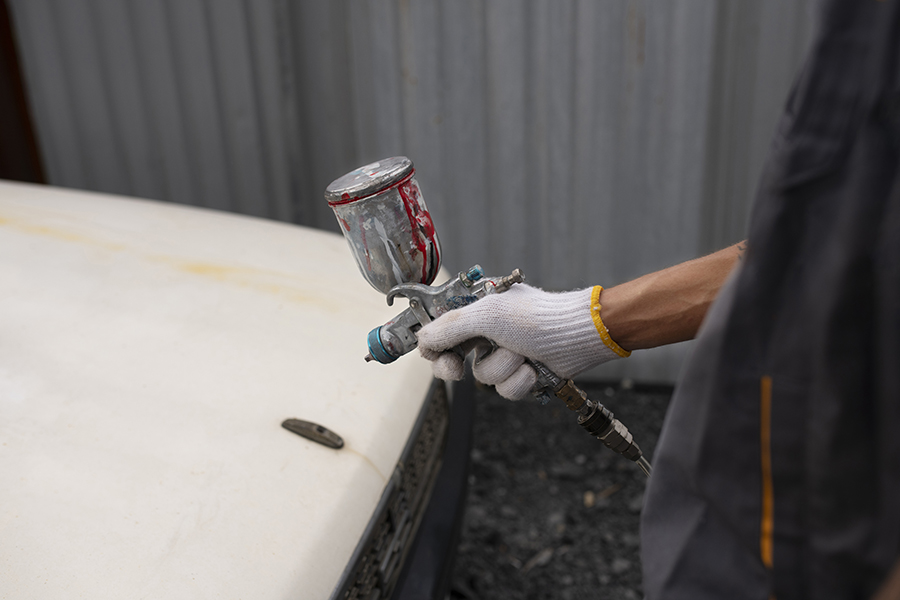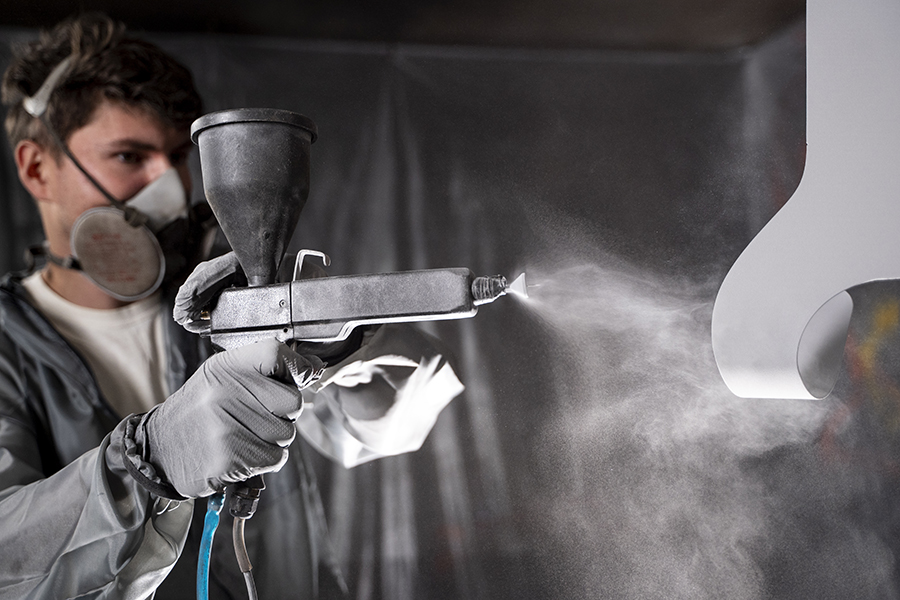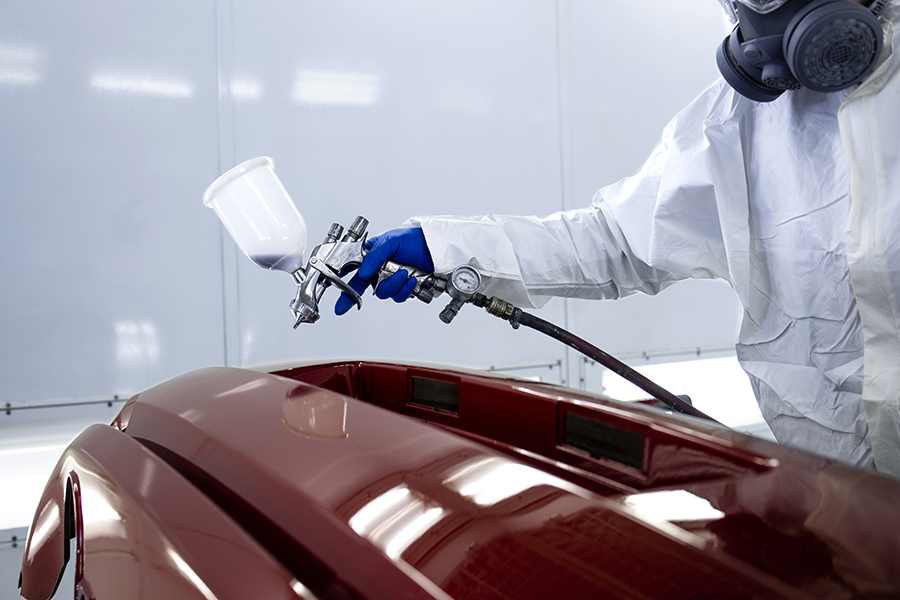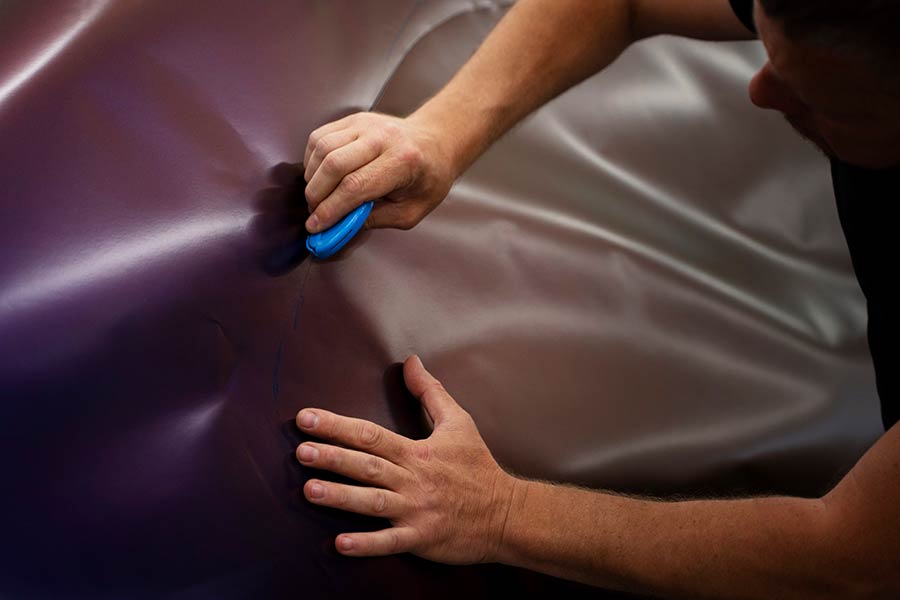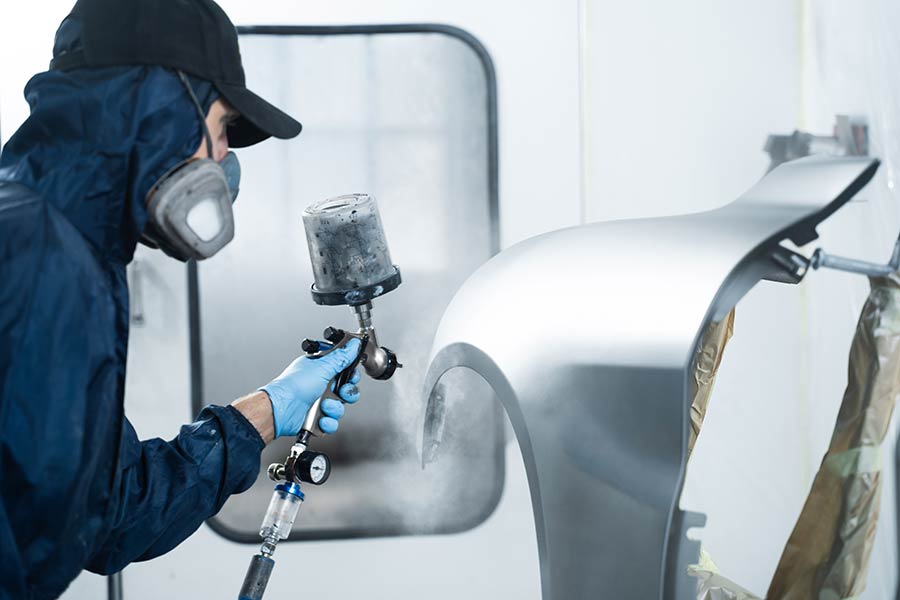Ever thought about giving your ride a fresh coat of paint? Painting a car isn't just about looks; it's like giving it a new lease on life. People have been jazzing up their cars since the first Model T rolled off the line. The right color can make your car pop like a shiny apple in a basket of dull ones. Whether you're fixing up an old clunker or just want a change, painting your car is a game-changer.
Key Takeaways
- Know your car paint. Understand if it's enamel, lacquer, or urethane.
- Gather all supplies. You'll need paint, primer, sandpaper, and a spray gun.
- Follow steps carefully. Clean, sand, prime, paint, and seal your car.
- Practice makes perfect. Test on a small area first.
- Safety first. Wear masks and goggles when painting.
- Work in a clean space. Dust can ruin your paint job.
Understanding Car Paint Types
Single Stage Paint Kits
These kits offer a simple, all-in-one solution for painting cars. They include both the color and gloss in one application. This makes them ideal for beginners due to their ease of use. With just one coat, you can achieve a shiny finish. It's less complicated than using multiple steps.
Two Stage Paint Kits
Two stage kits require separate base and clear coat applications. This means you first apply the color, then add a glossy top layer. These kits provide a more durable and glossy finish compared to single stage paints. They allow for more customization and color depth, making your car look more vibrant. Many car enthusiasts prefer this option for its professional appearance.
Custom Paint Options
Custom paint options enable unique color choices and effects. You can choose from metallic, pearlescent, or matte finishes. Often, these require professional application for the best results. Custom paints let you express your style through your vehicle's appearance. They offer endless possibilities but might cost more due to complexity.
Essential Painting Supplies
Necessary Tools and Equipment
Spray guns, sandpaper, and masking tape are must-have tools for car painting. Spray guns help apply paint evenly over the car's surface. Sandpaper smooths out rough spots before painting begins. Masking tape protects areas not meant to be painted. It's important to have good lighting in your workspace. Proper ventilation is also necessary to keep the air fresh.
Safety Gear and Precautions
Using safety gear is vital when painting cars. Respirators and gloves protect against harmful fumes. Protective eyewear keeps paint and dust away from your eyes. Always ensure proper ventilation in the workspace. This helps to avoid inhaling dangerous chemicals. Keeping safe means you can focus on doing a great job.
Choosing Quality Paint Products
Choosing the right paint makes a big difference. Look for paints with high pigment concentration for bright colors. These paints make your car look vibrant and new. Opt for brands known for their durability and longevity. They last longer and resist chipping. Consider environmental factors like UV resistance, too. This ensures the paint stays fresh under the sun.
Steps to Paint a Car
Preparation and Surface Cleaning
Start by washing the car with soap and water. This removes dirt and grease. Dry it completely with a soft towel. Next, sand the surface using fine-grit sandpaper. This creates a smooth base for painting. Be sure to reach every inch of the car's body.
After sanding, use tack cloths to remove dust. These cloths are sticky and help pick up tiny particles. Dust can ruin the paint job if not removed.
Priming and Base Coating
Apply primer to the car’s surface. Primer helps the paint stick better and makes it last longer. Use even strokes with your spray gun or brush. Cover the entire surface uniformly.
Allow each coat of primer to dry before applying another one. Check the product instructions for drying times. Rushing this step can lead to poor results.
Applying the Final Coat
Once priming is complete, apply a clear coat. This adds protection and shine to your car. Hold the spray gun at a consistent distance from the surface. Use steady pressure as you move across the car.
Inspect your work carefully for missed spots or uneven areas. Correct any issues before the clear coat dries completely.
Tips for Successful Car Painting
Avoid Common Mistakes
Painting a car can be tricky. Prevent runs by using thin, even layers of paint. This helps the paint dry smoothly. Avoid painting in humid or windy conditions. These can cause bubbles and dust to stick. Double-check masking to prevent overspray. This keeps areas you don't want painted clean.
Techniques for Even Coating
A steady hand is important. Maintain consistent speed while painting. Overlap each pass slightly to avoid streaks. This ensures an even coat. Practice on scrap material to perfect your technique. It builds confidence and skill before tackling your car.
Maintenance After Painting
Taking care of your new paint job is key. Regularly wash and wax to preserve the finish. It keeps the color vibrant and shiny. Avoid harsh chemicals that can damage the paint. They may strip away the protective wax layer. Address chips and scratches promptly to prevent rust. Rust can spread quickly if not treated.
Final Remarks
You've now got the lowdown on car painting. With the right paint, tools, and know-how, you can transform your ride into a head-turner. It's like giving your car a new suit—one that fits just right and shines bright. Remember, patience is key. Rushing the process is like trying to bake a cake on high heat; it won't end well.
Feeling inspired? Grab those brushes and get started! Your car's waiting for its makeover. Dive in, experiment, and don't be afraid to make mistakes. Each stroke gets you closer to perfection. Share your journey with friends or online communities. Who knows, your next masterpiece could inspire others! So go ahead, unleash your inner artist, and let your creativity flow. Happy painting!
Frequently Asked Questions
What are the different types of car paint?
Car paint comes in various types like acrylic, enamel, and urethane. Each type has its unique features. Acrylic is like a quick-drying friend, while enamel offers a glossy finish. Urethane is durable but more expensive. Choose based on your needs.
What supplies do I need to paint my car?
You'll need sandpaper, masking tape, primer, paint, and a spray gun. Think of it as assembling your superhero toolkit for a smooth painting adventure. Don't forget safety gear like masks and gloves!
How long does it take to paint a car?
Painting a car can take anywhere from a weekend to a week. It’s like baking a cake; you can't rush perfection. Prep work takes time, so plan accordingly.
Can I paint my car without professional help?
Yes, you can! With patience and the right tools, DIY car painting is possible. It’s like cooking at home instead of dining out—satisfying and cost-effective if done right.
What are some tips for successful car painting?
Prep your surface well by cleaning and sanding. Use even strokes with the spray gun, like painting a wall at home. Patience is key—allow each coat to dry properly before applying the next.
How do I prevent common mistakes when painting my car?
Avoid mistakes by prepping thoroughly and practicing your spraying technique. Think of it as learning to ride a bike; practice makes perfect. Also, ensure you're working in a dust-free environment.
Is it necessary to use a primer before painting?
Yes, using a primer is crucial. It's like laying a foundation before building a house. Primer ensures better paint adhesion and enhances durability. Don’t skip this step if you want lasting results!
